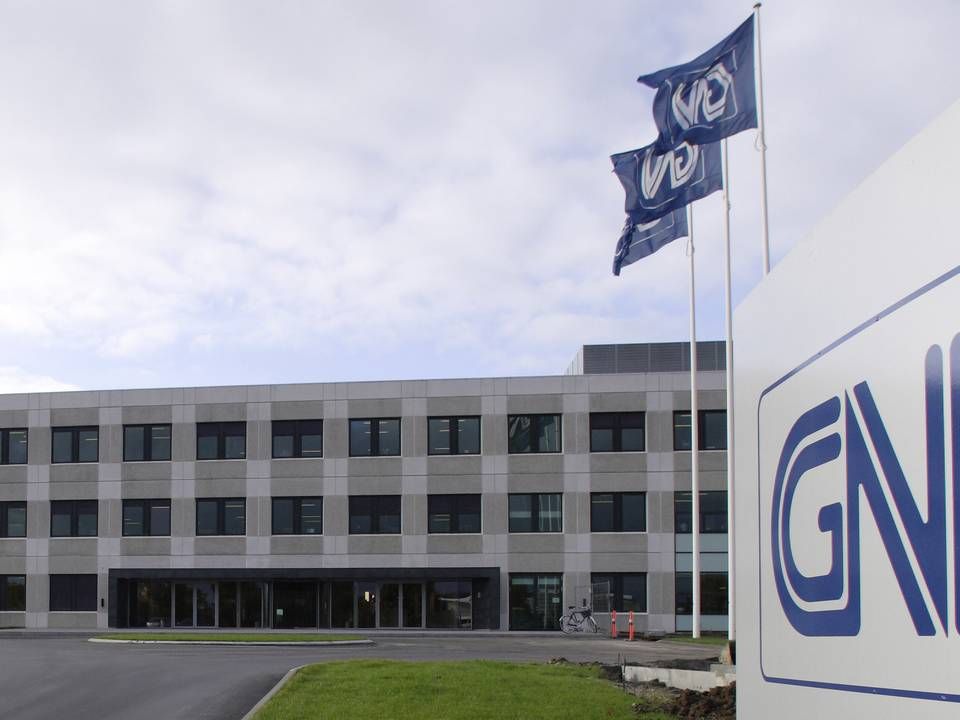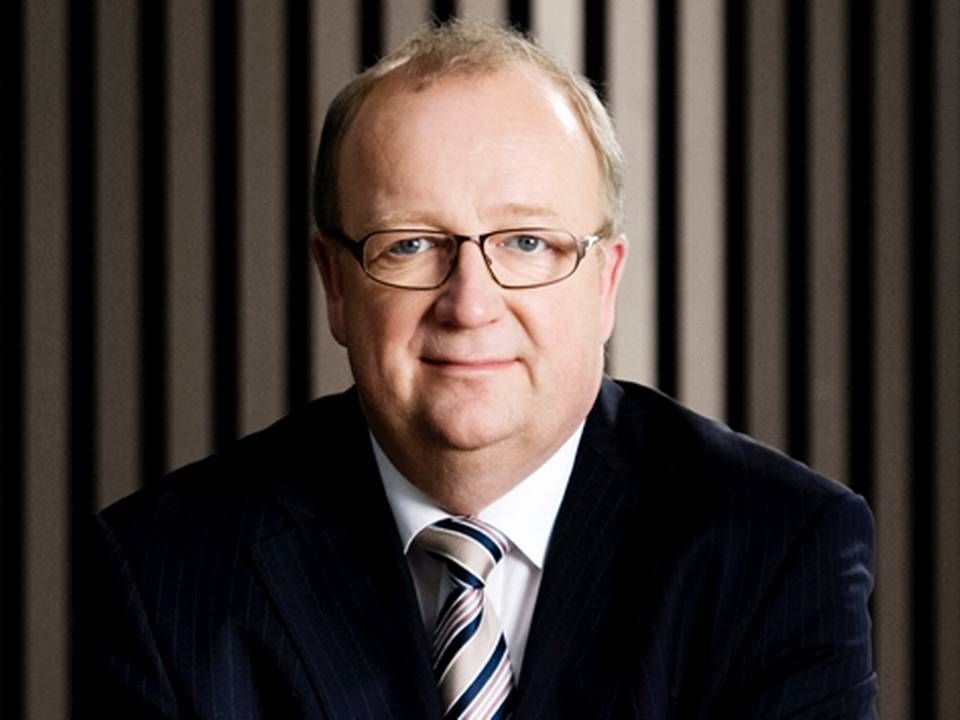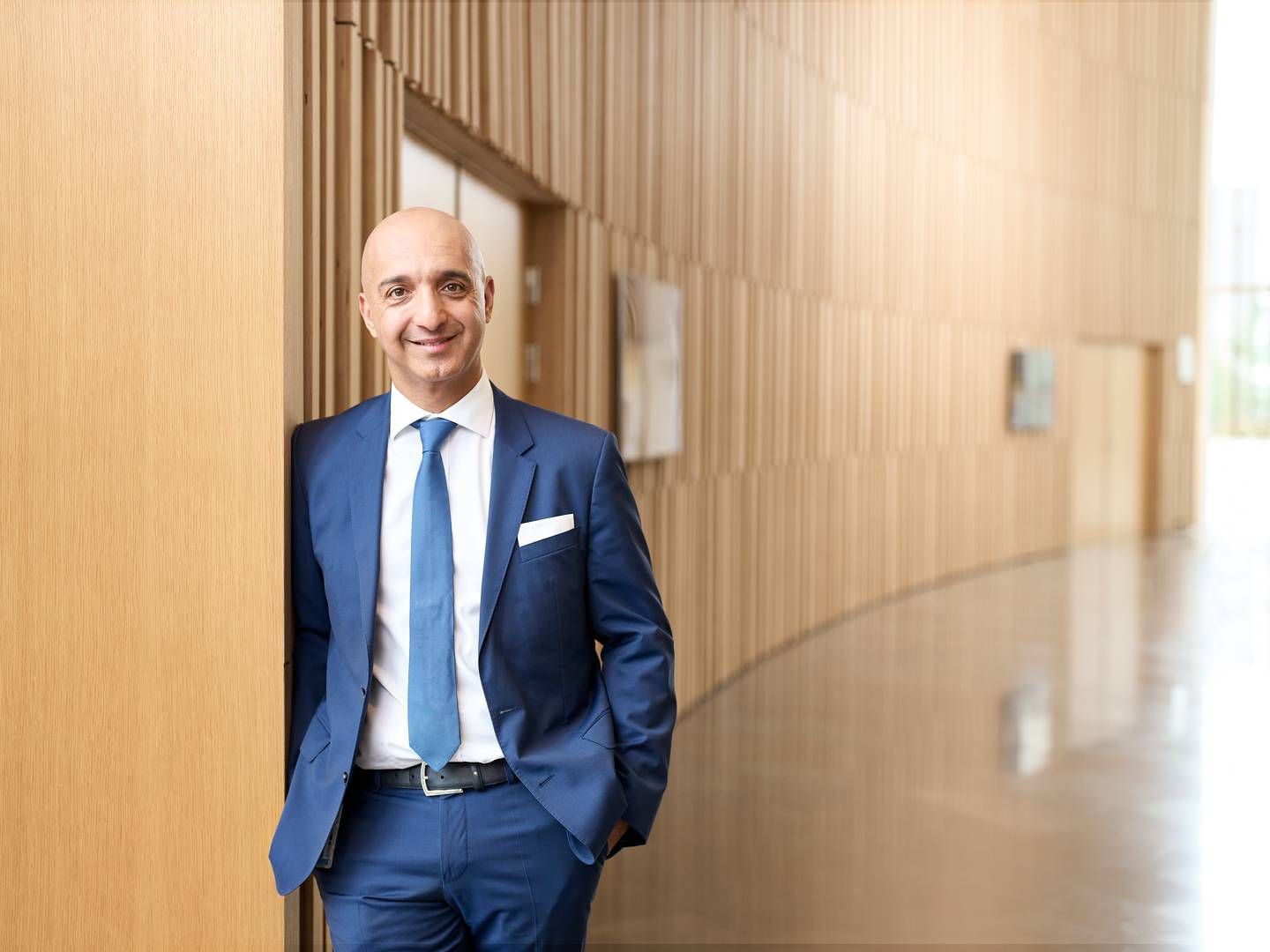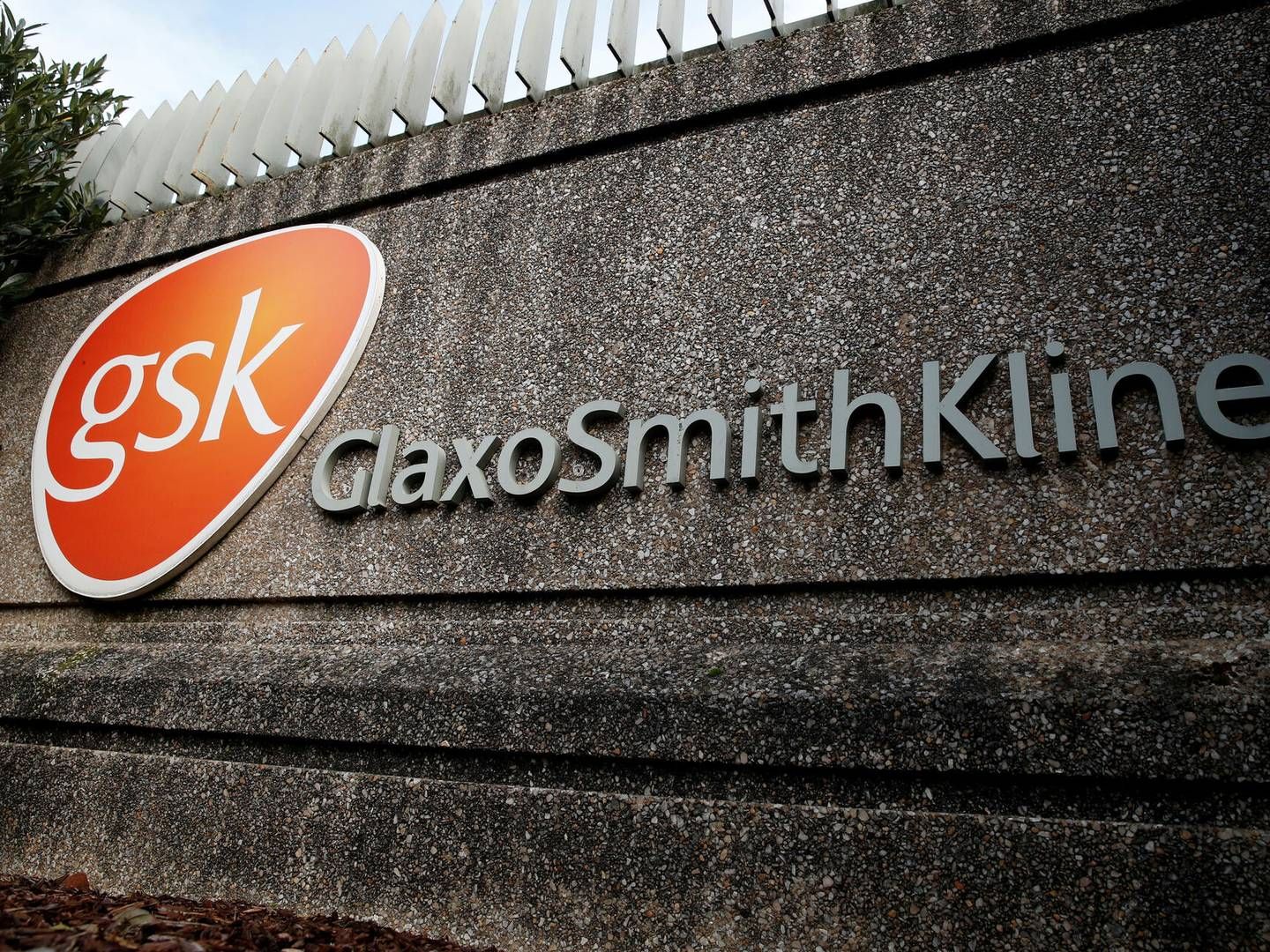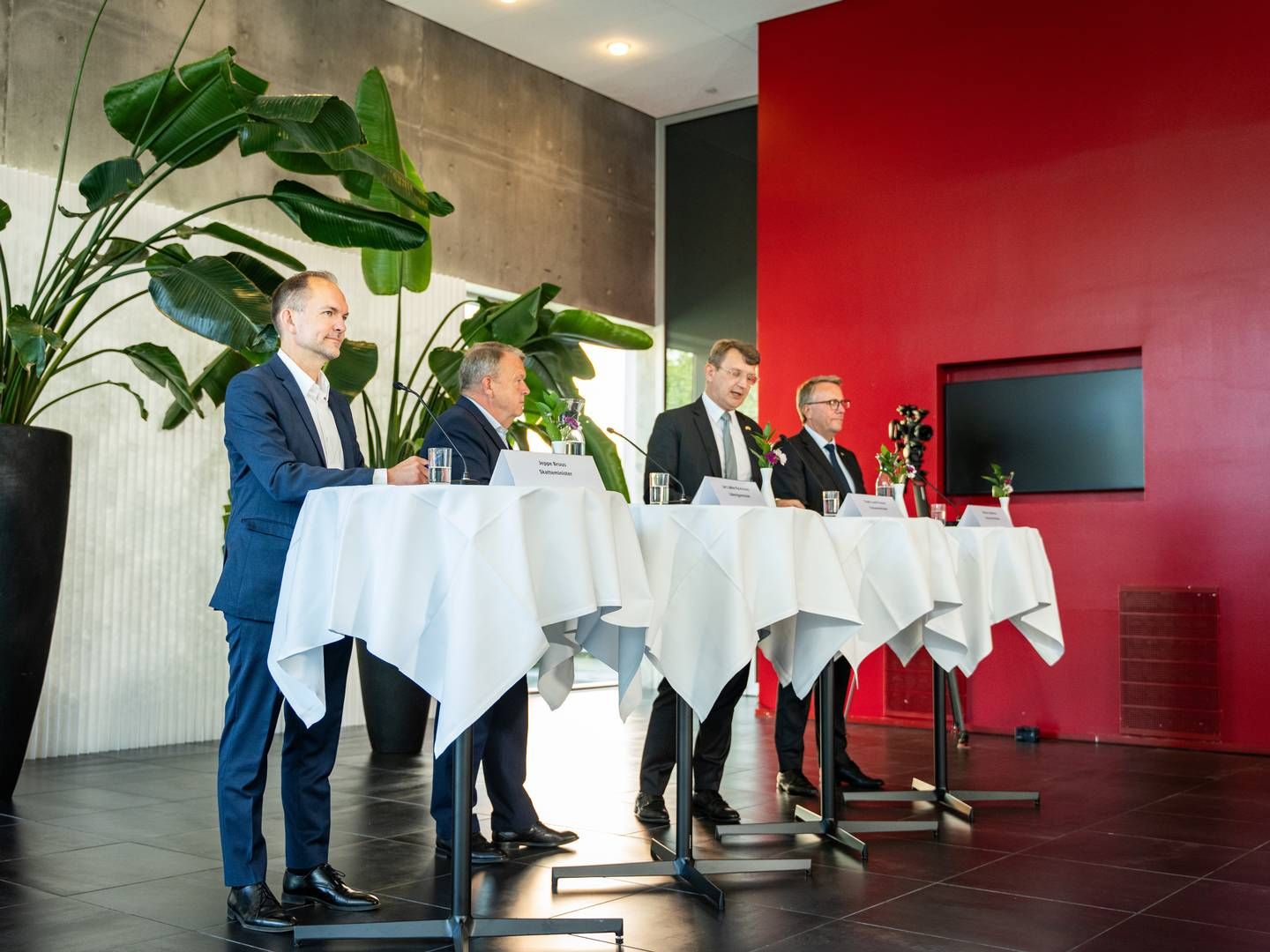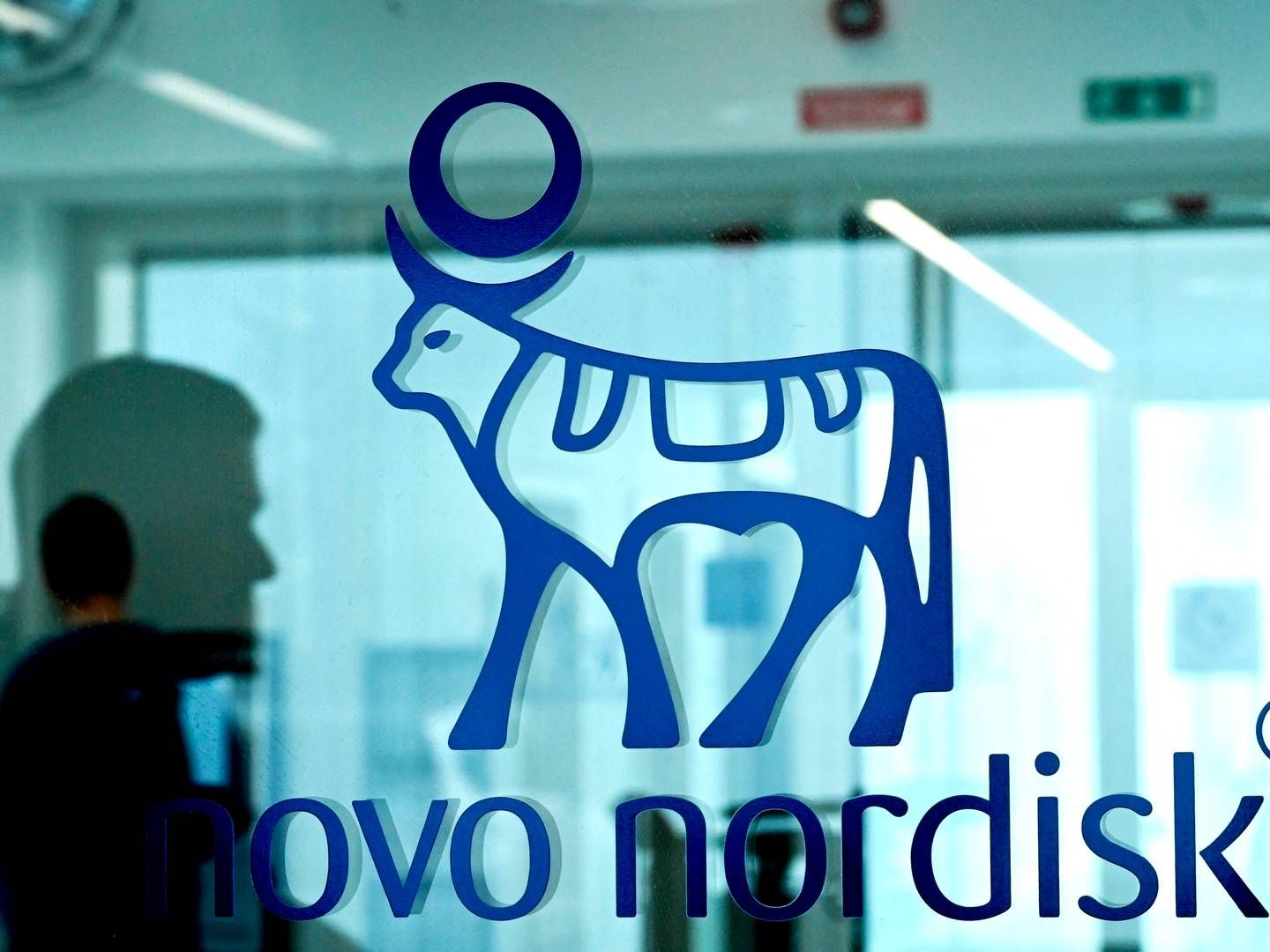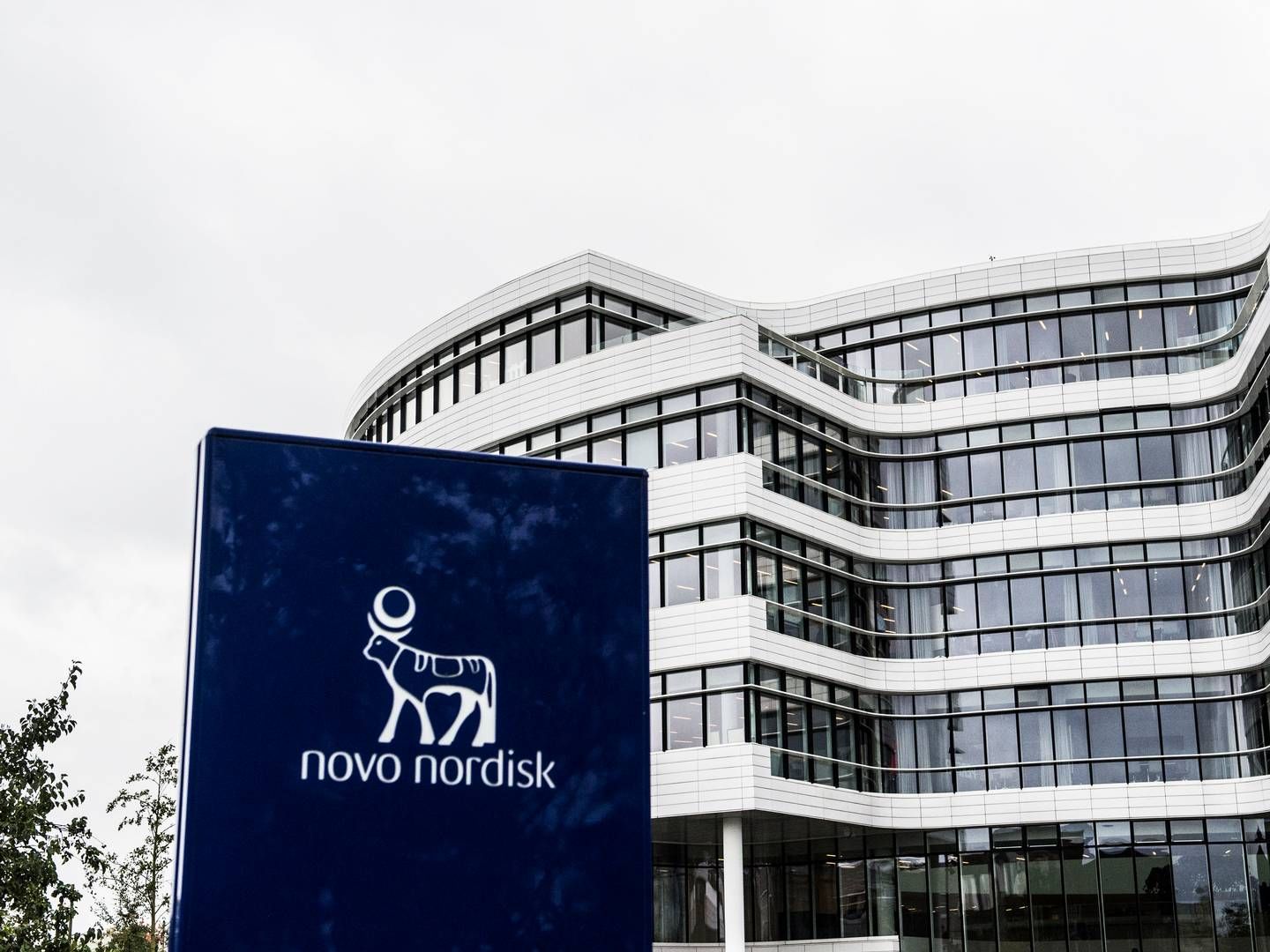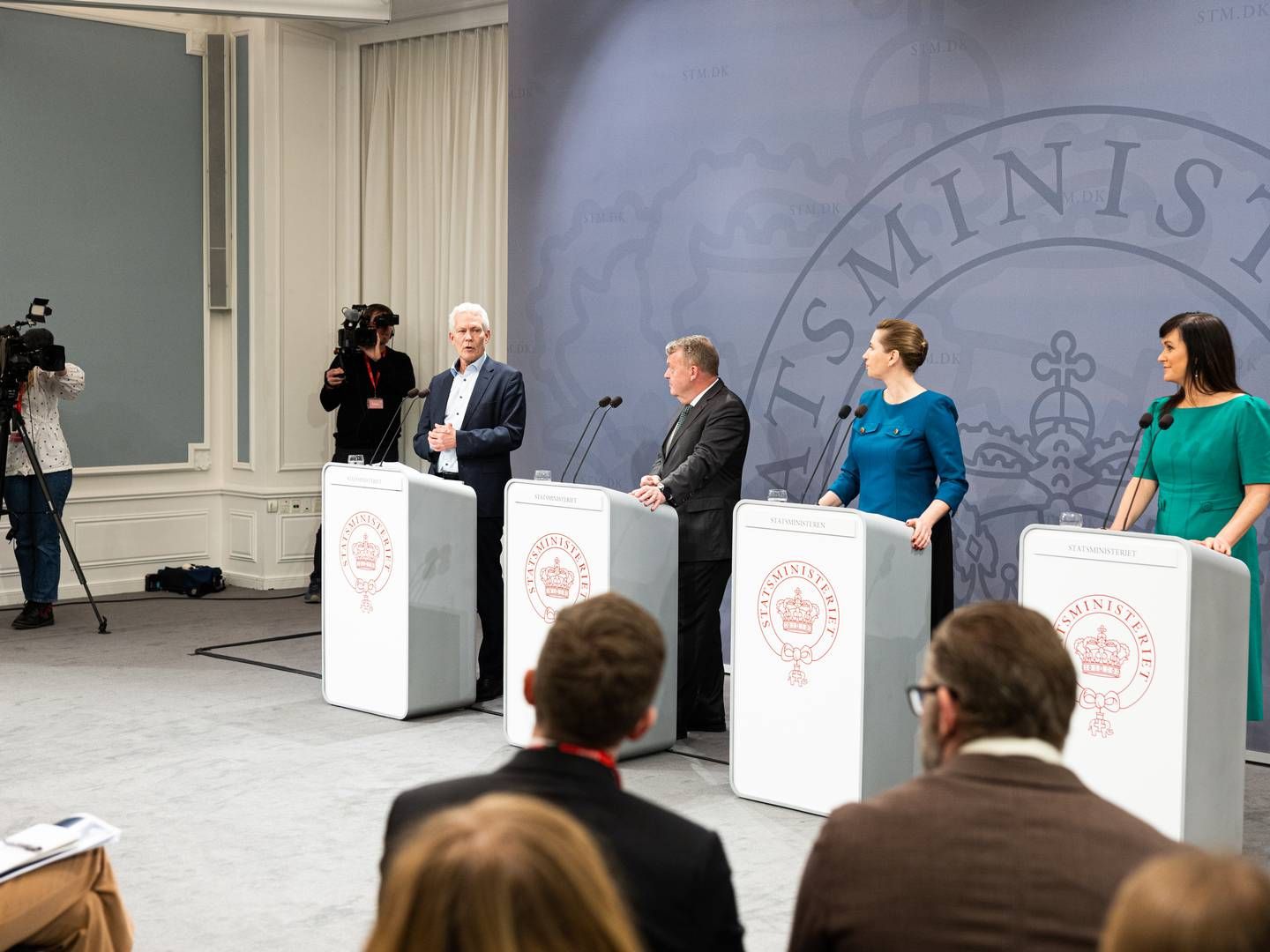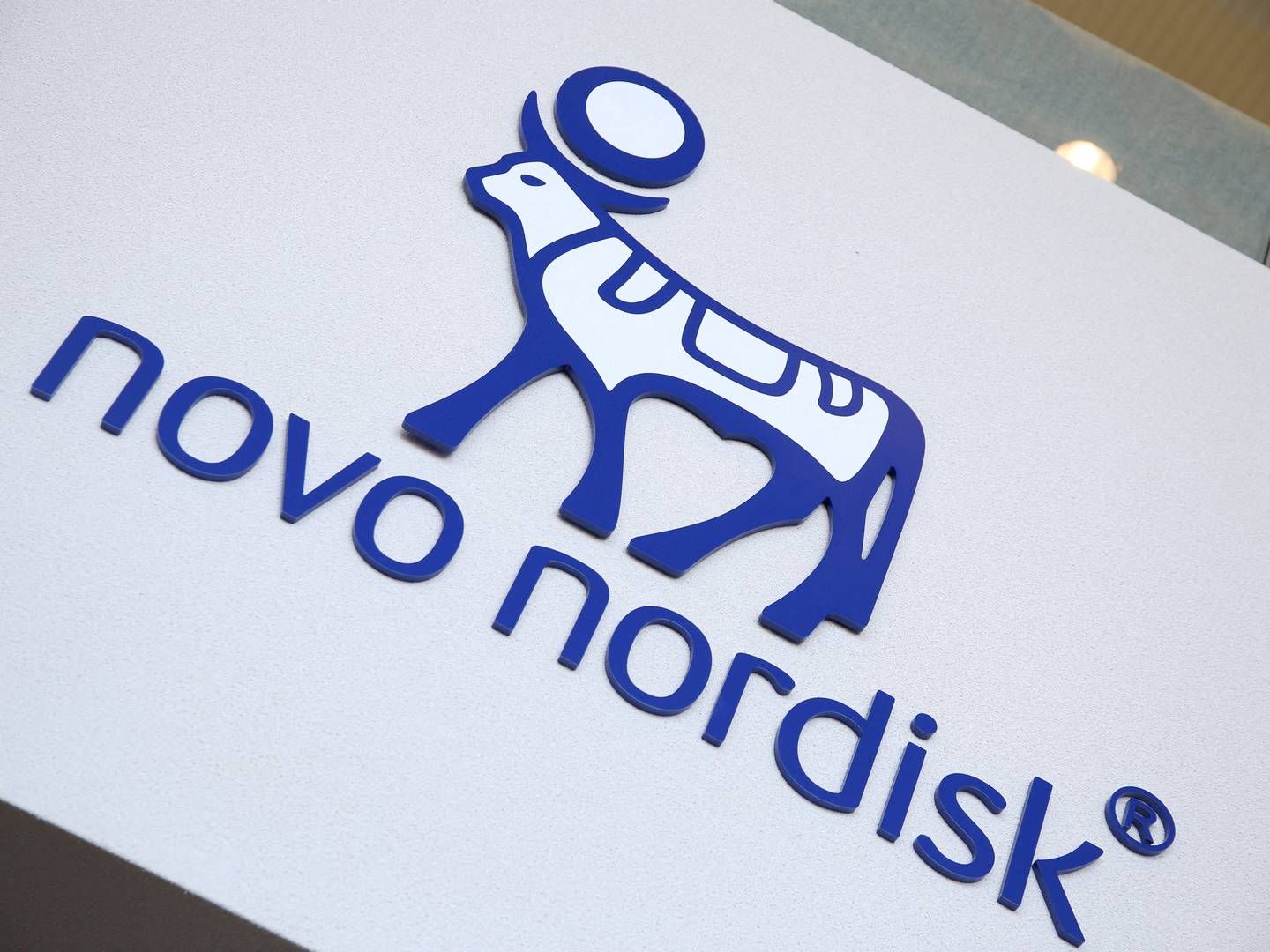This is where Oticon should stand out

GN Resound’s chief executive Lars Viksmoen launched a snide remark at William Demant recently, as he proclaimed to Medwatch that the rival’s entry on the market for connecting hearing aids to iPhones meant nothing to GN.
Now, Søren Nielsen, CEO for William Demant’s Oticon, retorts and talks about the significance of hype and the fundamental differences in philosophies between the companies.
“The natural sound and the ability to link the two hearing devices have always been at the core of our drive behind the wireless technology, which is based on a system that has an extremely low power usage, although it transmits large amounts of data from one ear to the other,” he tells Medwatch, adding:
“This whole thing about linking hearing devices to mobile phones and other devices has always been, if not a secondary priority, at least an area where we are not willing to sacrifice the audiologic performance in order to use other technologies that require a lot more power to function. Here, I’m thinking of the 2.4 GHz technologies,” he says in a thinly veiled remark aimed at GN Resound who uses 2.4 GHz.
Brain selection
Focusing on natural sound, Oticon’s Inium technology platform, and the utilization of wireless technology, the company has managed to stick to an overall strategy dubbed BrainHearing.
“It’s the brain that decides – as it were – where to ‘look’ for information, when you are, say, at a dinner party, listening to several conversations while engaging in one of your own. That influence is impossible to sway with any type of technology, because it's controlled by the brain and not a technological system,” Søren Nielsen says and continues:
“Consequently, the core philosophy in what we do is to create audiology that preserves all the details and ensures that the brain can do what it does best. That’s the essence of our BrainHearing philosophy. We use both ears for listening and if we can ensure – through our wireless, ear-to-ear link - that the two hearing devices can work as one closed system instead of two individual hearing devices, then we can provide the brain with the signals it has always relied on, thus giving the user a far better hearing experience. In that regard, we definitely find that our Inium platform gives us opportunities that our rivals don’t have.”
Plug it in
On the face of it, it seems very obvious to focus on how the brain perceives sound, rather than “just” the ears. How does that set you apart from the likes of GN Resound and Sonova?
“It requires a lot from the technology platform you work with. It has to be able to function at very high frequencies and that’s difficult, as it requires energy; putting large band width into a hearing device - as much as 10-11 KHz, rather than just going up to 6-7 KHz – requires real power.”
Most mobile phones are unable to process sound in the range higher than 4 KHz, which would also explain the relatively poor sound quality. If you hook your streaming service up to a pair of speakers, it might sound alright, but you will easily be able to hear that it is not the same as turning on the CD player, the CEO points out.
“That’s because a lot of it has been cut away. The process is sort of the same in hearing devices. There's a lot of information stored in the higher frequencies, which some companies have chosen to cut away in order to save on electricity because they use that power for something else. That’s one of the main differences between our technology platform and that of some of our rivals” Søren Nielsen says and adds:
“We believe that we are miles ahead of a number of our rivals when it comes to the naturalness of the sound; that is, preserving the details in the speech signal and the collective signal, which informs the ability to distinguish the point of origin of a given sound and gives the feeling that it requires less energy to listen.”
Hyped feature takes lower priority
At the moment, there’s a lot of buzz concerning the interplay between hearing devices and mobile phones. Are you saying that your priorities are a bit different?
“We believe the most important thing is that the ‘medicine’ – so to speak – works as well as possible. In our experience, it’s more important for people that they can still be a part of the situation when they find themselves in difficult listening environments such as dinner parties or other social functions. No link-up with a mobile phone is going to compensate for that issue,” the Oticon executive says, before elaborating:
“All end-user analyses show that all this linking up with phones and television sets is further down on the list of priorities. The number one priority is to be able to perform well under difficult listening circumstances. The other thing might help draw some attention and create some hype, but as for real impact on the user’s problems, it takes lower priority.”
Wireless still important
So it's the Inium platform that’s going to set you apart from the rivals?
“It is, we find that already. We launched a number of products on that platform – the bulk of our devices are delivered with it – and across our product portfolio, we are seeing great response on the performance in difficult listening situations.”
So where can you improve?
“We can always improve and all our new products have to offer significant improvements over existing ones. There's even more to be gained by focusing on the brain, the natural sound, and making devices communicate even better. There will also be a day when the energy limitations we are faced with and combating at the moment can be overcome. We are working on that: power optimization, additional processing power, even more strength to bring the pivotal details of the speech signal to the brain.”
What do you see as the next big technological advances?
“We are not even close to being done utilizing the powerless technology. It will become even more important in terms of creating an audiologic advantage. I know it does because we are working with it. To master both a strong inter-ear link and having a strong outside link will be the important things in the future; it has to be both/and, instead or either/or.”
GN sets sight on global top three
WD CEO: Room for consolidation
Hearing aids that “talk” to iPhones are on the way
Oticon-CEO: We have to win market shares
- translated by Martin Havtorn Petersen
Would you like to receive the latest news from Medwatch directly in your e-mail inbox? Sign up for our free english newsletter below.
Relaterede artikler
GN initiates launch of new products
For abonnenter
GN sets sight on global top three
For abonnenter
WD CEO: Room for consolidation
For abonnenter

